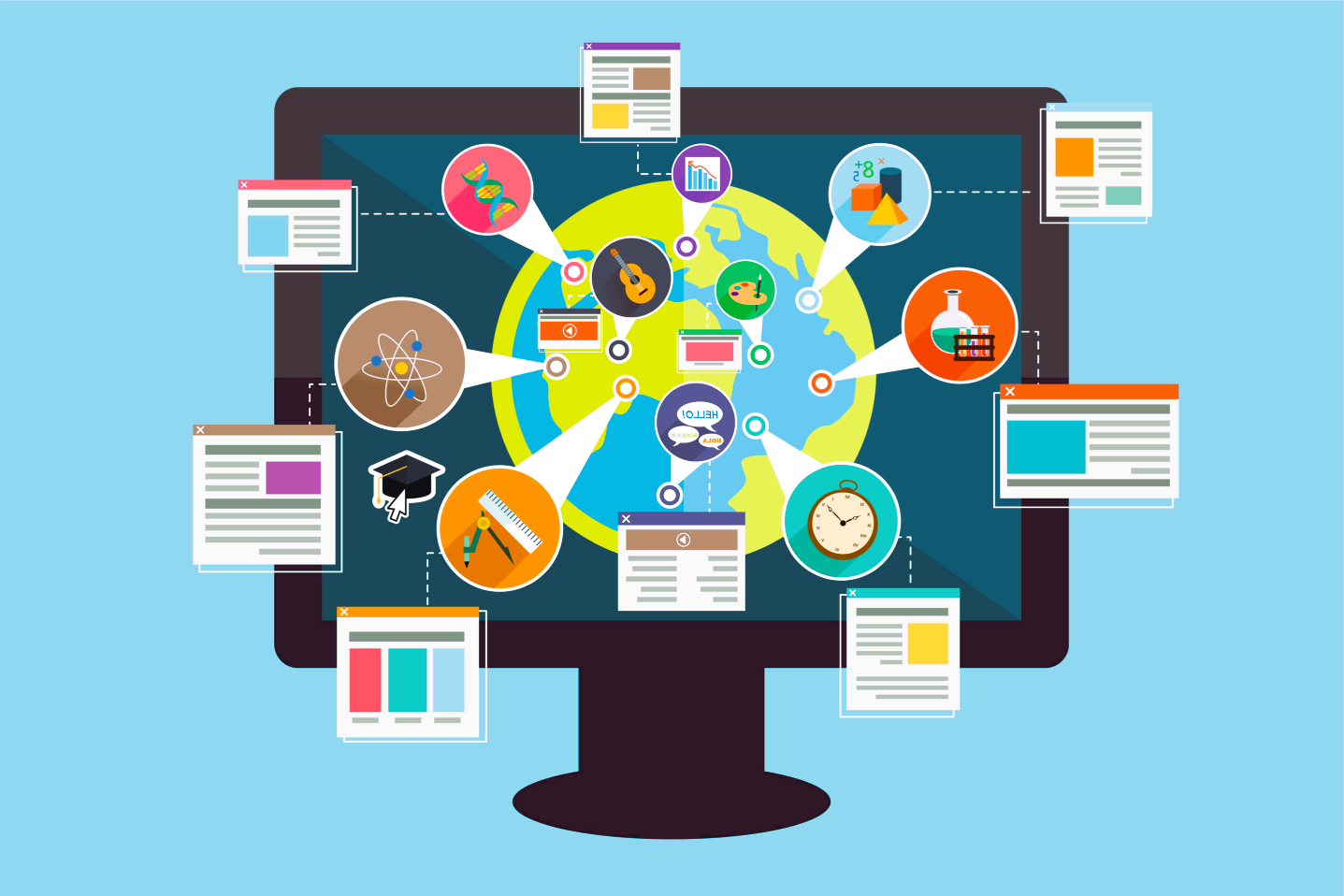The COVID-19 pandemic has ushered in a new era of challenges and transformations across various sectors, and media education is no exception. The traditional dynamics of in-person learning have been disrupted, requiring educators, institutions, and students to adapt to the “new normal” in the face of unprecedented circumstances. This article explores the profound impact of COVID-19 on media education, the adaptive measures taken, and the evolving landscape of learning in the digital age.
1. Shift to Remote Learning: The most immediate and visible impact of the pandemic on media education was the abrupt shift to remote learning. Educational institutions worldwide had to quickly transition from traditional classrooms to virtual platforms. This shift posed challenges but also presented opportunities for innovation and the integration of digital tools into the learning process.
2. Technological Integration: The pandemic accelerated the integration of technology in media education. Virtual classrooms, video conferencing, collaborative online tools, and digital content creation became integral components of the learning experience. This technological leap not only facilitated continuity in education but also equipped students with skills relevant to the evolving media landscape.
3. Challenges of Virtual Learning: While virtual learning offered a lifeline during the pandemic, it came with its own set of challenges. Issues such as the digital divide, where access to technology and reliable internet became a barrier, and the struggle to maintain student engagement in a virtual environment were significant concerns. Overcoming these challenges required creative solutions and a commitment to inclusivity.
4. Adaptive Curriculum Design: The pandemic prompted a reevaluation of curriculum design in media education. Educators had to adapt their courses to suit online delivery, emphasizing asynchronous learning materials, interactive virtual projects, and real-world applications. The agility to redesign curriculum in response to the changing media landscape became a crucial skill.
5. Global Collaboration and Connectivity: Despite the physical separation imposed by the pandemic, it fostered a sense of global collaboration in media education. Virtual platforms enabled educators and students from around the world to connect, share insights, and collaborate on projects. This global perspective enriched the learning experience by exposing individuals to diverse viewpoints and practices.
6. Industry Integration: The disruption caused by the pandemic emphasized the importance of aligning media education with industry practices. Industry integration became a focal point, with educators incorporating real-world case studies, virtual internships, and guest lectures from media professionals. This approach aimed to ensure that students were not only academically prepared but also equipped with practical insights.
7. Creativity and Innovation: The constraints imposed by the pandemic sparked creativity and innovation in media education. Educators explored new formats for virtual projects, leveraged immersive technologies like augmented reality and virtual reality, and encouraged students to think outside traditional boundaries. This emphasis on creativity mirrors the dynamic nature of the media industry.

8. Mental Health and Well-being: The pandemic brought to the forefront the importance of mental health and well-being in education. The isolation of remote learning, coupled with the anxiety surrounding the global situation, prompted a focus on supporting students’ emotional health. Institutions introduced wellness initiatives, counseling services, and forums for students to connect and share their experiences.
9. Flexibility and Hybrid Models: Recognizing the benefits of flexibility, many institutions embraced hybrid learning models. These models offer a blend of in-person and online components, allowing for adaptability in response to changing circumstances. The hybrid approach accommodates diverse learning styles and preferences. The role of social networks in journalism, more details in the article about navigation in the digital sphere.
10. Media Literacy in the Pandemic Era: The pandemic underscored the importance of media literacy as misinformation proliferated in the digital space. Media education took on an additional role in equipping students with the skills to critically evaluate information, distinguish facts from fiction, and navigate the complexities of the digital media landscape.
Standardization and Guidelines:
Ensuring the quality and effectiveness of media education in the pandemic era involves adherence to standards and guidelines. Wikipedia’s article on Media Education provides insights into global standards and practices, offering a comprehensive overview of the principles guiding media education.
Conclusion:
The impact of COVID-19 on media education has been profound, reshaping the way knowledge is imparted and acquired. The challenges brought about by the pandemic necessitated rapid adaptation, creativity, and a reevaluation of traditional approaches. As the world continues to navigate the uncertainties of the post-pandemic era, media education stands at the forefront of innovation, preparing the next generation of media professionals to thrive in an ever-evolving and digitally driven landscape. The lessons learned during this transformative period will likely shape the future trajectory of media education, emphasizing resilience, flexibility, and a commitment to staying ahead of the curve in the dynamic realm of media.




